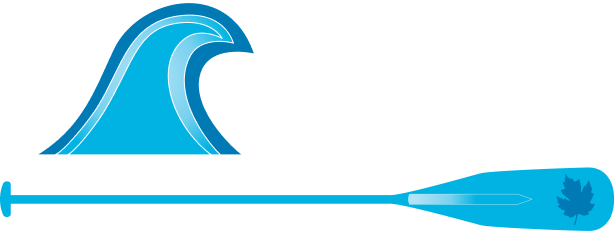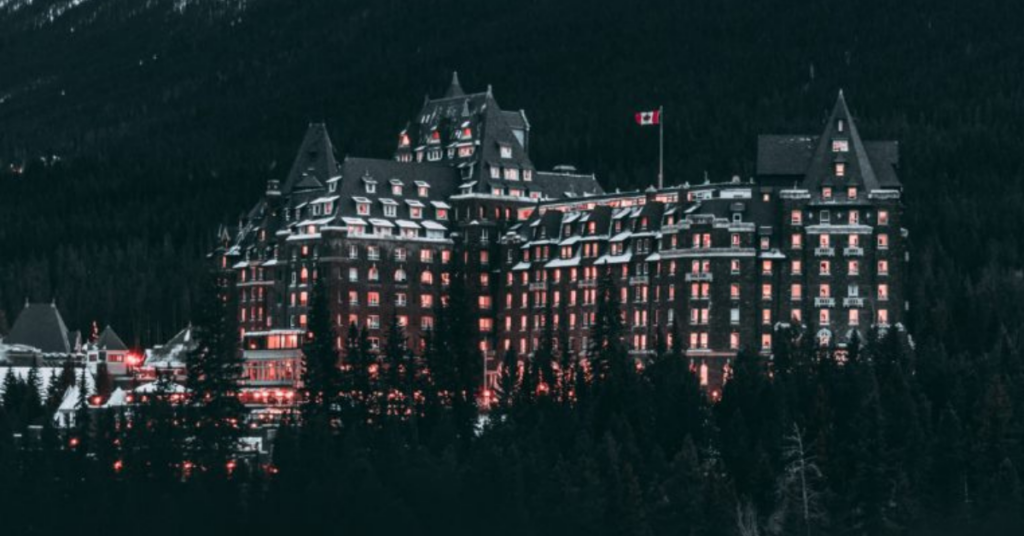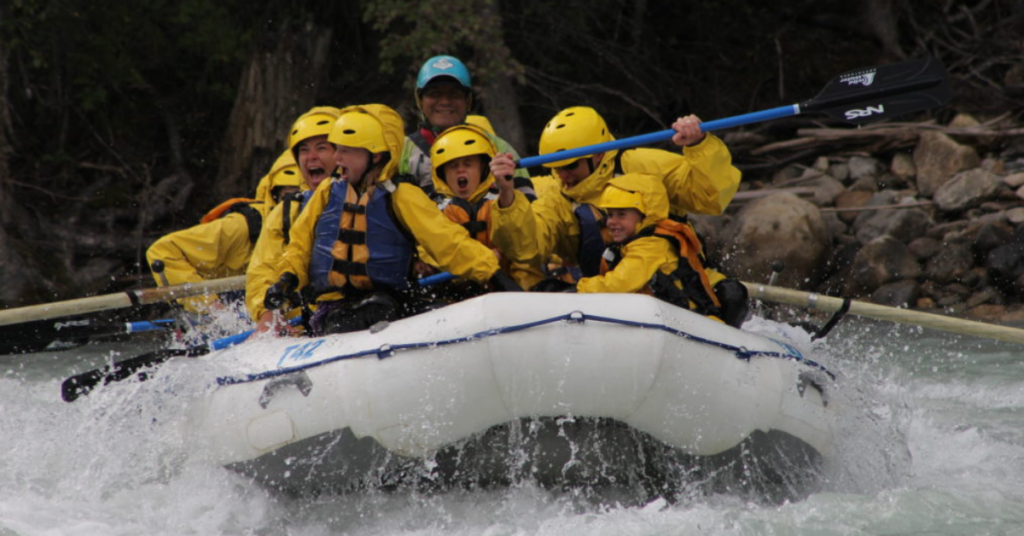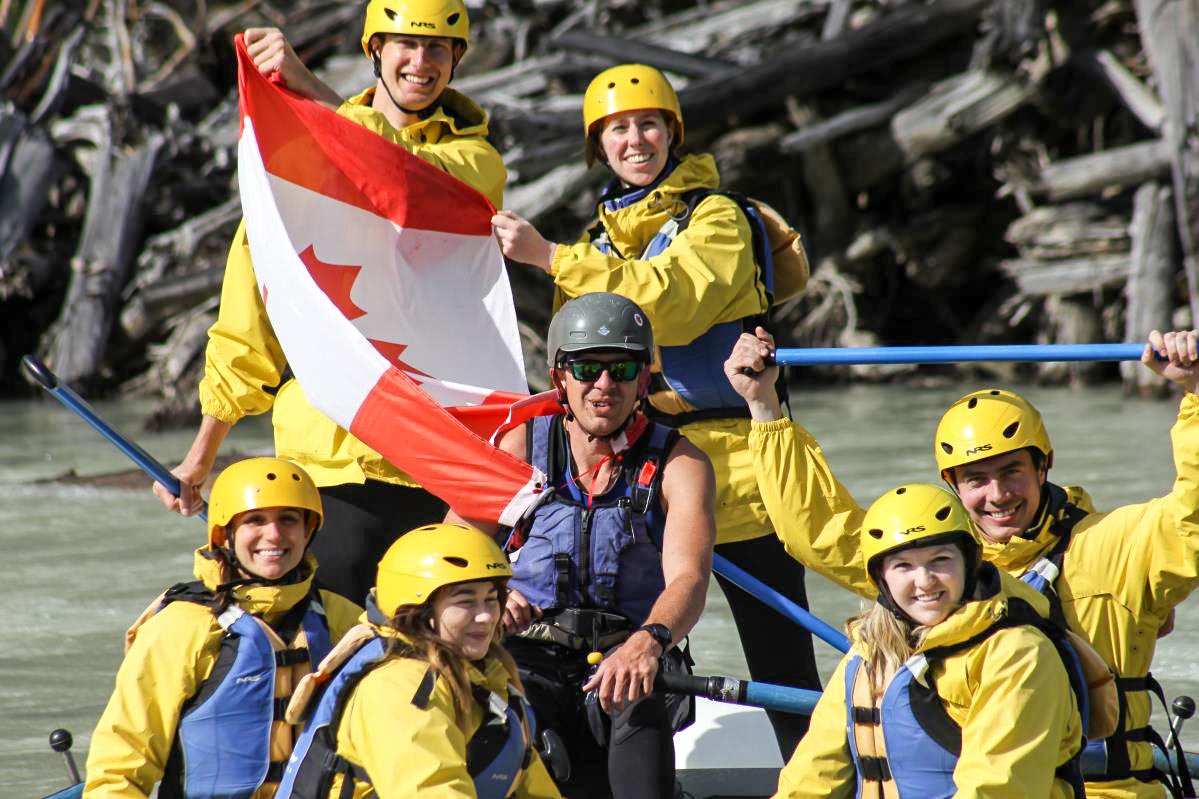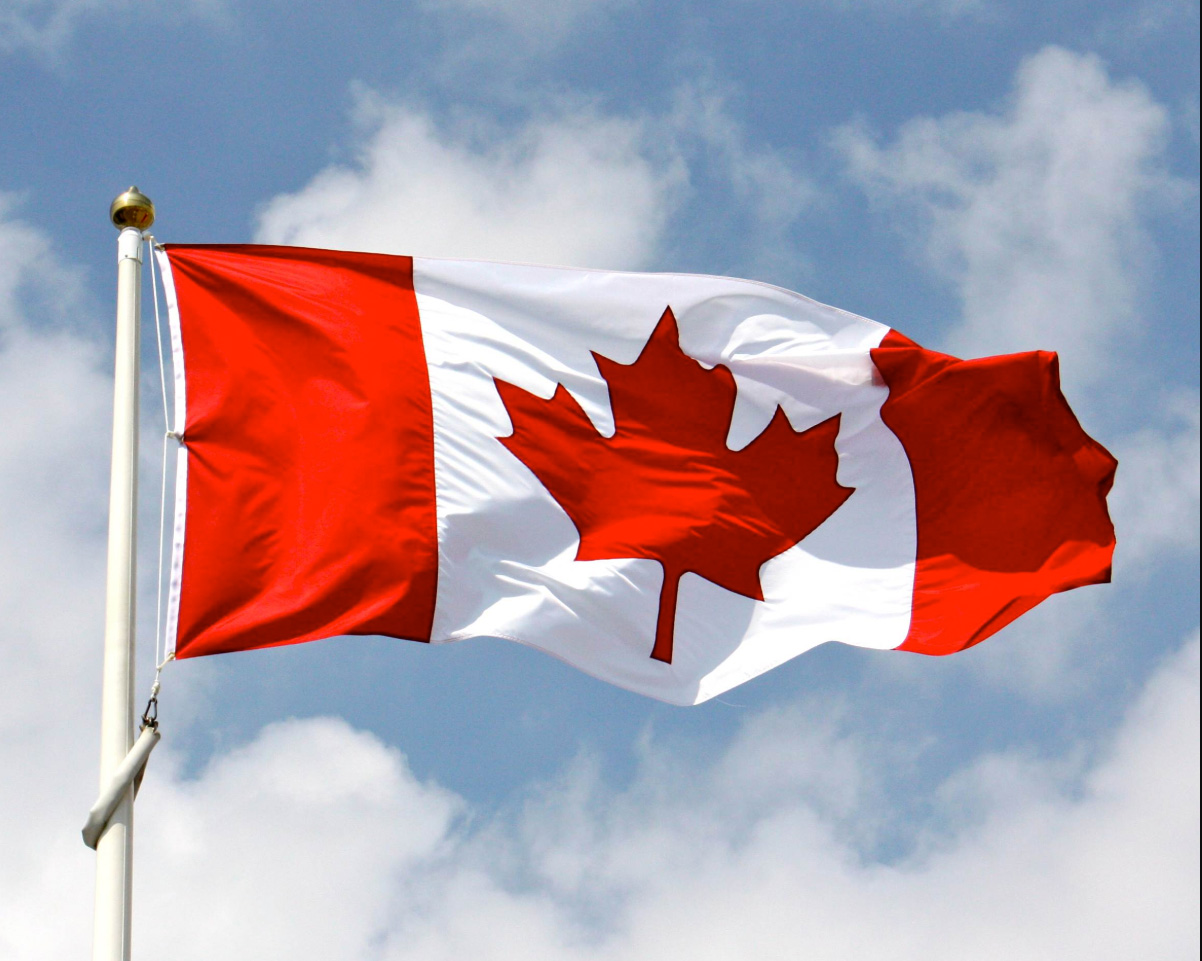Planning a trip to Banff National Park opens up endless possibilities of how best to enjoy the Canadian Rocky Mountains. Making the most of your holiday time is the ultimate goal. With so many stunning sights and experiences from which to choose, the big question turns out to be: Where do we start?
Here are some helpful tips to help with planning your trip to Banff National Park:
1. Things To Do In Banff National Park
2. Hotels in Banff
3. Best Activities In & Around Banff
4. Tips For Budgeting
5. Visitor Centres
6. Traffic and Construction
7. Wildlife Viewing Tips
1. Things To Do In Banff National Park:
Banff National Park is iconic, pure and simple. It is, after all, Canada’s first national park. Since 1885, wilderness enthusiasts from across the globe have made their way here to see, for themselves, just how stunningly gorgeous these mountains are. There is, unsurprisingly, a cornucopia of choices for how to see and experience the majesty of the mountains.
Active visitors can raft, climb, hike, bike, kayak and canoe on rivers, trails, pathways and lakes. Slower-paced visitors can also capture the mountain essence by choosing gondolas, boat tours, bus tours and walking trails. Regardless of age or ability, the Rocky Mountains welcome everyone.
2.Hotels in Banff
The age-old adage, ‘sooner is better than later’ certainly applies here. With thousands of visitors experiencing Banff National Park on a weekly basis, availability and scheduled departures do fill up quickly. July and August is the height of the tourist season. Book your Banff National Park hotels of choice and (either hotels or campgrounds), well in advance of arrival. Avoid disappointment by being organized.
3. Best Activities In & Around Banff
Summertime in the Rocky Mountains is simply fabulous. It is my favourite time of year. The rivers flow, the wildflowers bloom, the alpine is free of snow and nature moves all about. It is a splendid place to be. From May through September, the range of activities and experiences is all-encompassing, from valley floor to mountain peak.
Whitewater rafting the Kicking Horse River, with Wild Water Adventures, must certainly top the list of many things to do. What’s a mountain adventure without a rush of adrenalin? This is the biggest and wildest river in the Rockies, offering both introductory and BIG whitewater options. We invite everyone, 6 years and older, to hop aboard our rafts and feel, for themselves, the true ‘kick’ of the Kicking Horse River. Want to book a trip? Book Here!
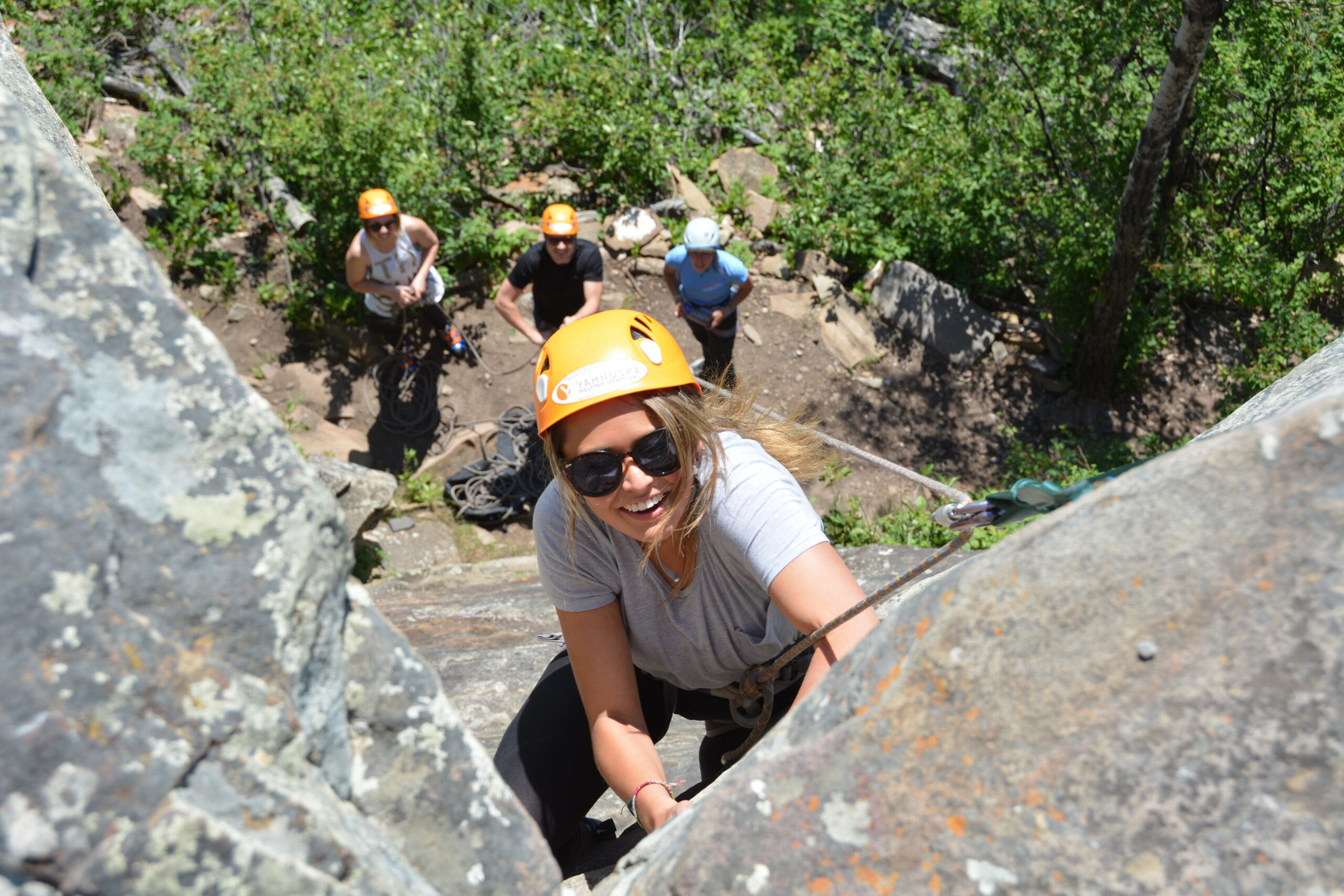 On-mountain adventures are next. Whether spending a day learning the ropes, hiking across alpine meadows or traversing ice fields, Yamnuska has it all. Introductory rock climbing lessons (both half- and full-day) are a hit with all ages regardless of experience. Families, in particular, love this option. As with rafting, safety is the number one priority. Only the best guides and equipment will do.
On-mountain adventures are next. Whether spending a day learning the ropes, hiking across alpine meadows or traversing ice fields, Yamnuska has it all. Introductory rock climbing lessons (both half- and full-day) are a hit with all ages regardless of experience. Families, in particular, love this option. As with rafting, safety is the number one priority. Only the best guides and equipment will do.
4. What To Wear / Pack for the Canadian Rockies
Weather in the mountains is highly variable and highly unpredictable. It can be sunny in one valley and squally in the next. All four seasons can be experienced on any given day … even in the middle of July!
When planning a trip to Banff, another well-known adage applies: Be Prepared (for anything and everything). A holiday wardrobe with layers is ideal; clothing items that can be quickly donned or removed as required. It might be hot one moment, then downright chilly the next. Layers help to keep everything just right! Be sure to bring a windproof and waterproof layer as well (i.e. a good outdoor jacket), and solid, comfortable footwear for exploring and moving about. Mountain culture may be casual, yet still has it standards. Thoughtful attire is always a good rule of thumb anywhere in the world.
5. Tips For Budgeting
Any holiday, to any destination, involves spending money. The trick is deciding how that money is spent. The biggest expense in the Rocky Mountains is likely to be accommodation. Lodges, cabins and hotels will be more expensive than hostels or campgrounds. Shoulder-season dates (May/June/September) might offer discounts compared to high-season dates (July/August). It is always worth asking.
Renting your own camper or RV can be economical, and fun! It also offers more time in the wilderness, a place to cook and sleep and a chance to enjoy campfires and nightly stars (without pitching a tent!).
Many activities likely offer group or family discounts. Wild Water Adventures happily offers reduced rates with a minimum of 8 guests. Again, it is always worth asking.
The final item to include when planning your trip to Banff is the National Park pass. Depending upon the size of your family and the number of days in the park, a Family Discovery Pass might be the way to go. This is an annual pass for all national parks and historic sites across the country, for a maximum of 7 people in one vehicle.
6. Visitor Centres
Know before you go is a great rule of thumb. When planning a trip to Banff, read about different sites, trails, activities from the comfort of your home, then hit the ground running upon arrival at the park gates! Helpful websites include those for Banff National Park and Banff Lake Louise Tourism.
Once in the park itself, keep an eye out for the ever-helpful Parks Canada brown and gold information signs. They are everywhere! One can never know enough facts about wildlife, topography and cultural history.
Visitor Centres, with incredibly helpful and knowledgeable staff, are invaluable sources of local information and can be found in Canmore, Banff, Field and Lake Louise. Be sure to get up-to-date trail conditions /closures before setting out. All centres have free WiFi, too! Bookstores in Canmore, Banff and Lake Louise are well-stocked with guide books, local history and backcountry maps.
7. Traffic and Construction
Locals know there are two seasons in the Rockies: Winter, and construction! Once the snow melts, road crews get to work quickly on repairing, rebuilding and expanding the asphalt corridors in and around Banff National Park. TransCanada Highway #1 must be kept in tip-top shape! Single-lane alternating traffic becomes the norm while projects are underway, which does tend to back up traffic, causing delays. With being in the mountains, some projects require temporary road closures to allow for blasting. Add in extra volume during the busy visitor months of July and August, and a recipe for longer-than-expected drive times is created.
The key is being on time for your river rafting adventure (and all other Rocky Mountain activities). If driving to the RiverBase from Banff and Lake Louise, guests are wise to go online for updates on traffic conditions and possible delays. DriveBC and Alberta511 are the sites to check for British Columbia (Rocky Mountain region) and Alberta, respectively. After checking the site, add at least another 20 minutes to your drive … just to be sure!
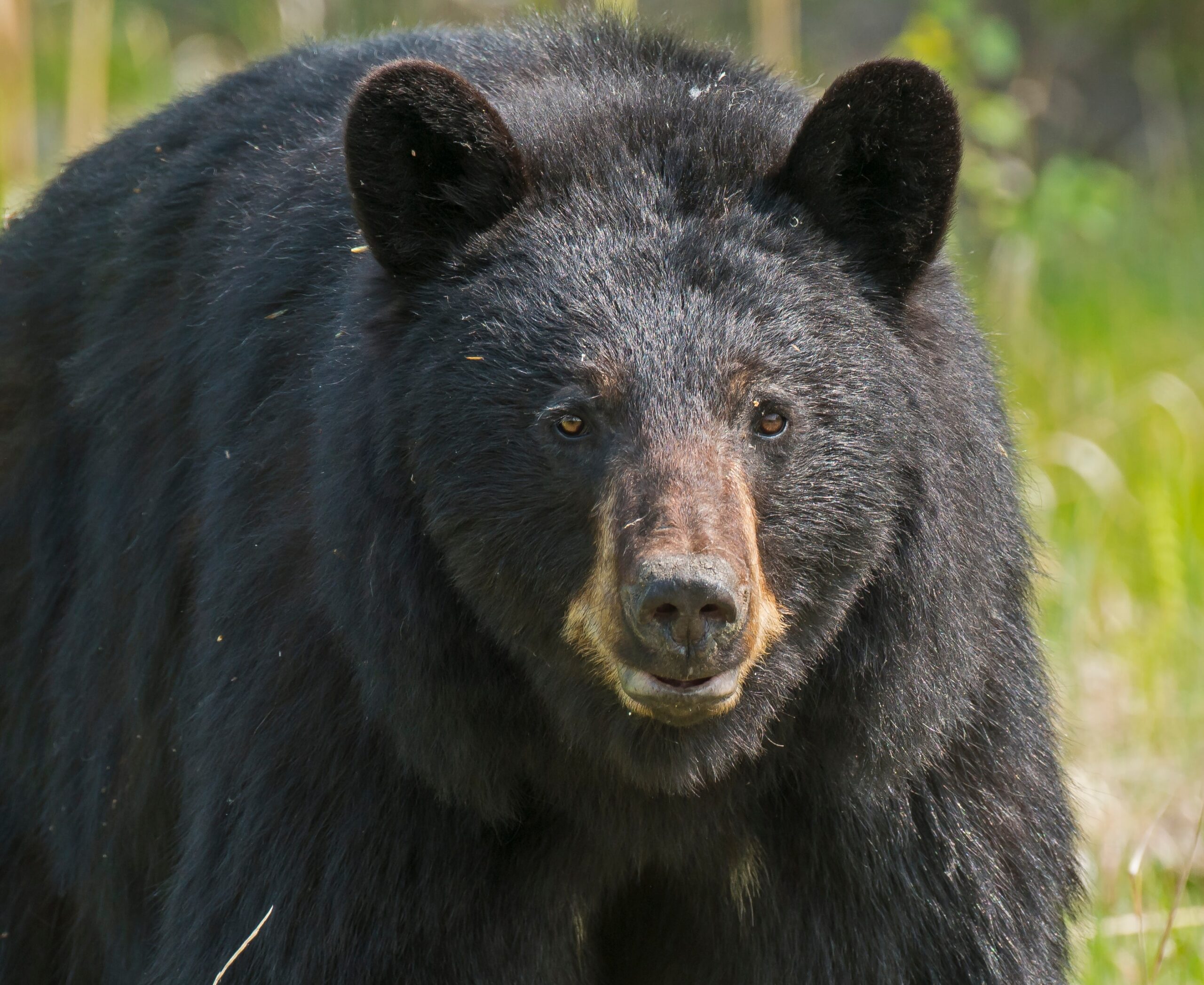 8. Wildlife Viewing Tips
8. Wildlife Viewing Tips
Besides seeing the mountains, the majority of visitors to Banff National Park want to see a bear. Or, some other four-legged animal. Visitors also want photographic proof of the sighting. This leads to highly unpredictable, and unsafe, interactions.
Within the park, wildlife has priority … over everything and everyone. Visitors are wise to remember this, both for their sake and, more importantly, for the animal’s sake. Wildlife is meant to be just that: wild. It is up to us humans to ensure their wild home remains safe and secure for them.
Roadside sightings are exciting. I have seen numerable bears grazing on the grasses nearby when driving through the park. The best situation sees drivers slowing down without stopping. This still gives plenty of time to glimpse the bear and take a blurry photograph (Loch Ness monster-style!). Better yet, put the camera down and simply enjoy observing the bear doing its own thing. If stopping is absolutely necessary, remain in your vehicle. Do NOT get out and walk about, nor attempt to offer food. This is a wild animal that might feel threatened or defensive and act accordingly. Please do not compromise your safety or the bear’s. Drive on by and enjoy the memory.
If on a trail, make lots of noise by chatting and laughing loudly. Let the wildlife know you are in the area. Be sure to carry bear spray as a last resort, in case noise is not a deterrent. Wilson Mountain Sports, in Lake Louise village, rents cans of bear spray just for this purpose. Bear bells, in my opinion, are highly questionable in their effectiveness to ward off approaching wildlife. Instead of a bear bell, buy a coffee-table book by one of the many great wildlife photographers in the area!
Planning A Trip To Banff National Park?
Whether this is your first or fifth time to the Rocky Mountains, awe-inspiring wilderness and adventure abounds. There is no shortage of options for how to spend your holiday time. We hope, at the very least, to spend time on the river showing your family and friends just how amazing the Kicking Horse River and the Rocky Mountains truly are.
Book your Alberta whitewater rafting reservations by clicking Book Today or call 1-888-647-6444.
See You On The River!
Author: Deborah Wade
